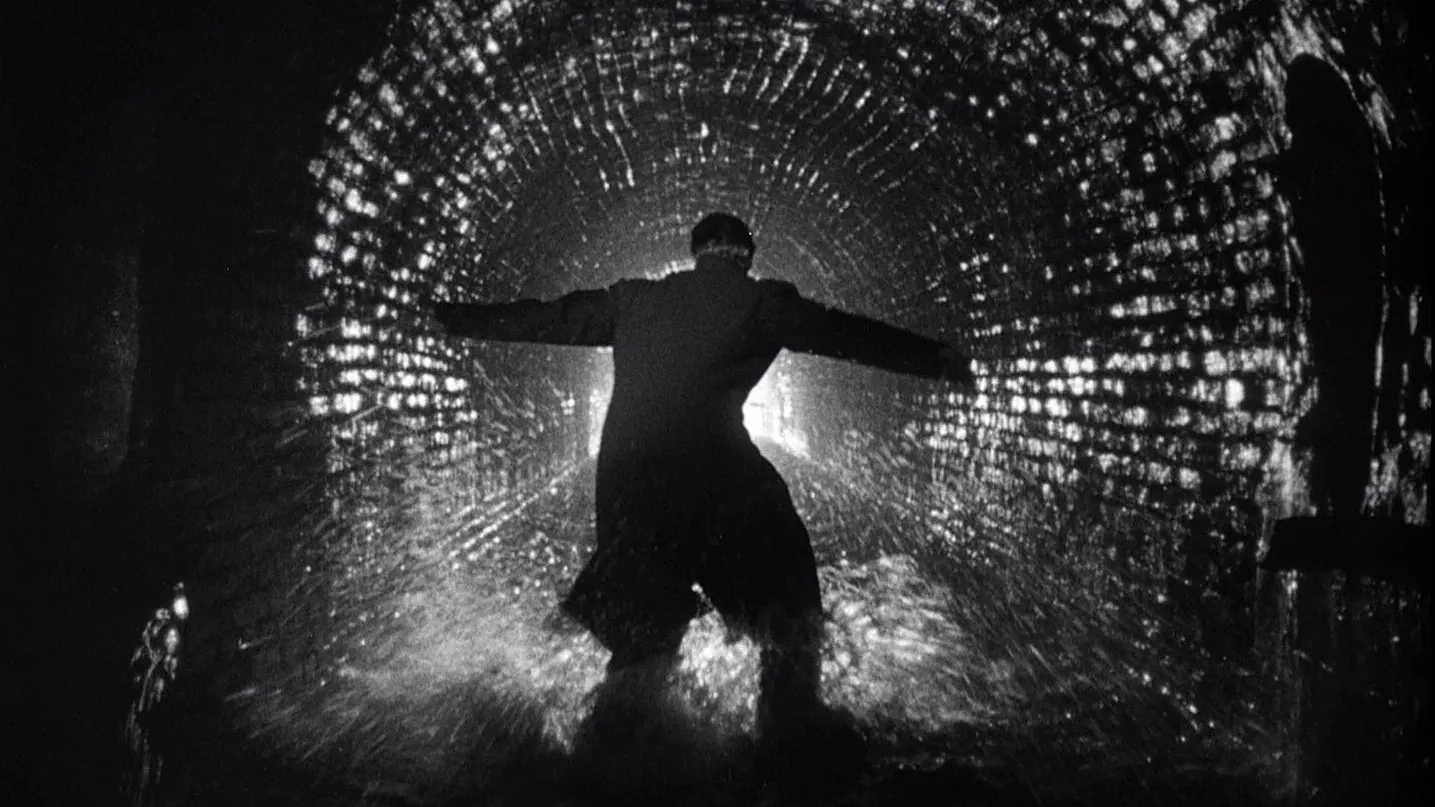
The Third Man
Shrouded in darkness, Carol Reed’s classic film noir, The Third Man, follows pulp novelist Holly Martin as he unravels the circumstances behind his friend’s death in Vienna, a situation that increasingly resembles a plot from one of his own novels. Starring Joseph Cotten and Orson Welles, The Third Man won an Academy Award in 1951 for Robert Krasker’s lush cinematography. Hailed as one of the greatest British films ever made, The Third Man combines wit with a sense of existential crisis, which is visually reinforced through the film’s dramatic use of light and shadow.
Shadow Play is a series of films that tread nimbly between reality and illusion, acknowledging the artificial nature of cinema. Referencing the tradition of shadow puppetry, the origins of cinema in phantasmagoria, and Plato’s Allegory of the Cave, each film draws on the metaphors of light as reality and shadow as artifice. In Plato’s The Republic, the allegory of the cave illustrates the difference between truth and illusion. Many writers have noted that Allegory of the Cave (written c. 360 BCE), bears great resemblance to the contemporary movie theater.
Main Image: Film still from The Third Man (1949).